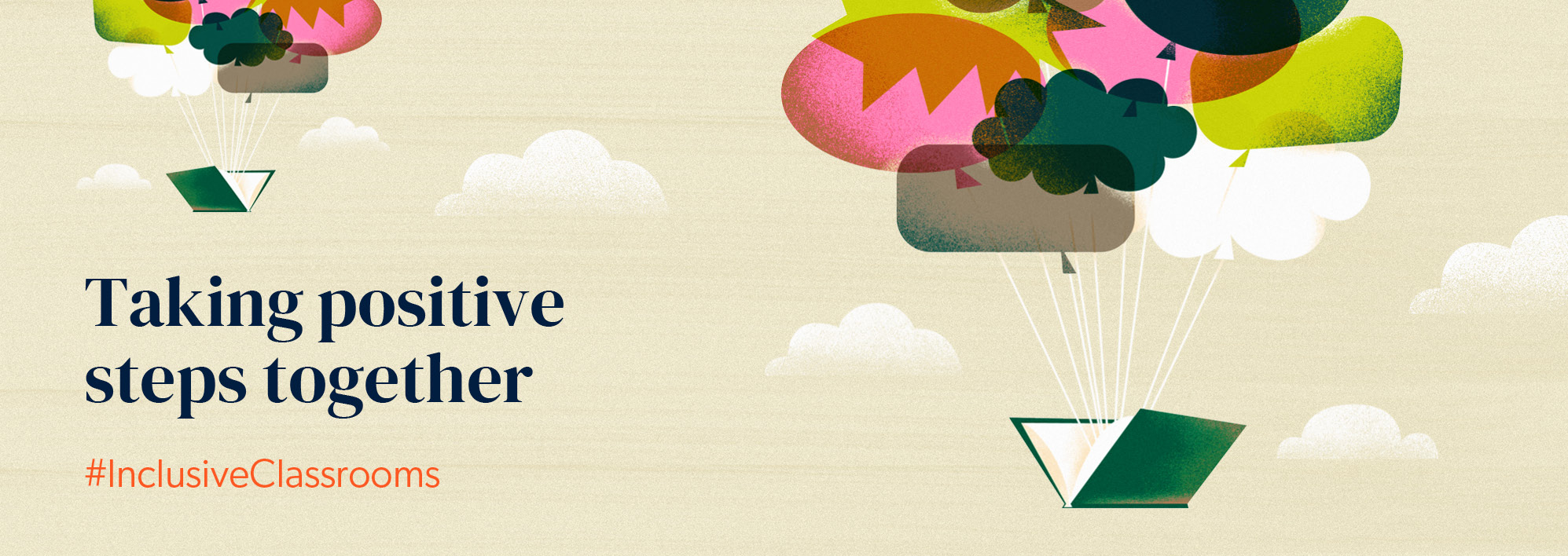I have always felt quite fortunate that through teaching MFL, our subject area automatically gives us a platform to deal sensitively with varied and wide-ranging issues. Almost naturally, we explore differences through exposure to different cultures and ways of life, broadening horizons and encouraging more outward-looking thinking on the part of our students. I think it is for this reason that, this year, a real focus of ours as a team has been to consider how we sensitively and respectfully make sure that we are including those students who are coming to terms with what their gender identity might be.
In this blog post, I’ll share some steps we have taken recently in order to make our classrooms as inclusive as we can.
1. Confess you don’t have all the answers!
Perhaps most fascinating for a linguist is that often the language that we are teaching has not yet ‘officially’ caught up with the landscape around gender identity. This brings with it a conundrum; we want to encourage our students to express themselves accurately and as their most authentic selves, yet we don’t actually have a consensus on accepted pronouns or non-binary versions in many languages. Students will however appreciate your efforts more so than having the most up-to-date word from the official language associations, and the open discussion in itswill do wonders to normalise gender identity as something not to be ashamed of, nor shied away from.
2. Offer alternatives
If a pupil chooses to identify with a gender other than the one assigned to them at birth and pronouns already exist for these, rather than assume and correct their work, gently check that the pronoun or adjectival agreement that they have opted for is the one they intended to use. This again normalises the idea that sometimes people feel at odds with the gender people assume for them and also means you refrain from correcting something that wasn’t an error, but a brave attempt to share their authentic self with you as their teacher.
3. Be an ally
I am a cisgender woman so it could be easily argued that it isn’t my place to highlight this terminology or advocate for non-binary or trans pupils. But as a teacher, I do feel a responsibility to ensure that all pupils have a happy school experience. So, if by sharing interesting examples of cool linguistic workarounds or role models in the target language country helps a pupil in one of my classes feel accepted and welcome, then I will continue to do so. We display a poster in all our classrooms of the terminology for sexuality, and alternative or non-binary pronouns. We do not always make reference to this, but sometimes visibility in itself is very powerful.
I may not always get it right and it might sometimes be awkward and uncomfortable for me as I do not speak from a place of experience, but I hope that lots of people doing little things day to day will help to contribute to more welcoming attitudes in society as a whole. As Clare Seccombe so eloquently put it on Twitter recently, ‘Above all, languages are living things which are constantly morphing and changing, and the way we teach them should reflect that’. So too are our students. It wouldn’t hurt to reflect that either, would it?
Sadie Thompson is Head of German and teacher of Spanish at a secondary school in Hampshire. She has been teaching for 12 years and tweets under the username @missmclachlan.

